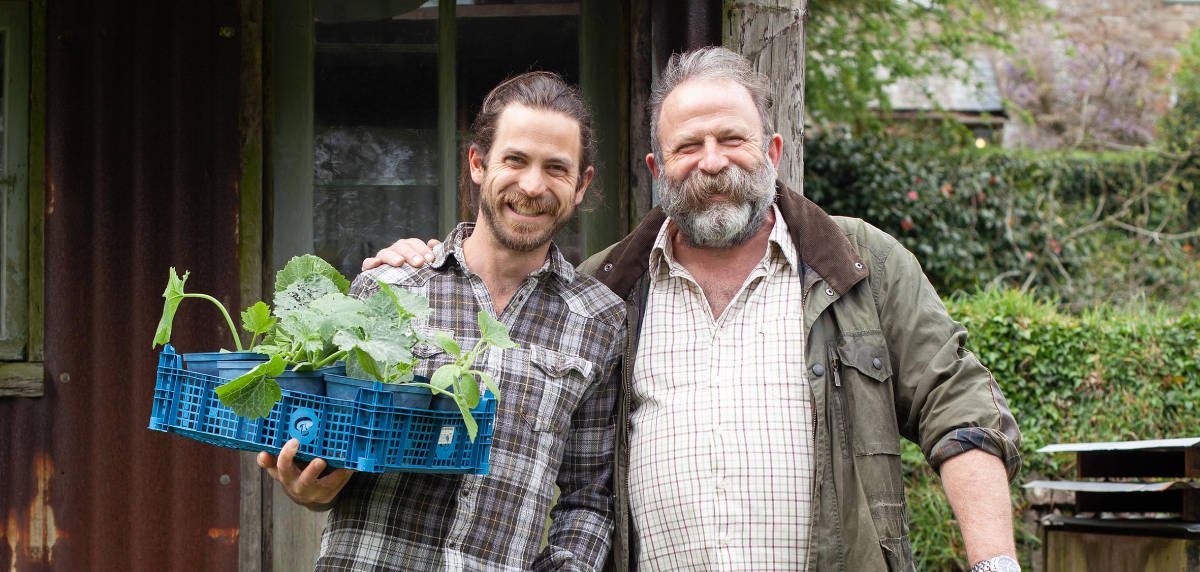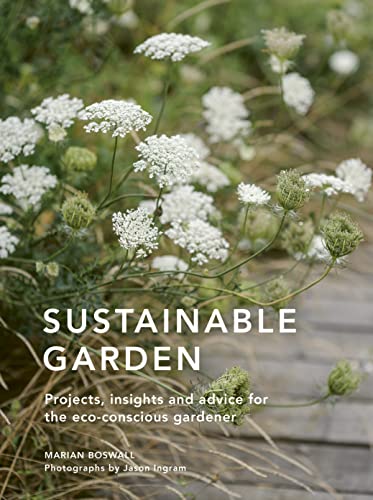If you want to live ‘The Good Life’ while urban gardening, such as keeping chickens, growing crops, making your own compost and using rainwater and solar energy – then expert James Strawbridge has some tips.
The sustainable living expert and co-author of Practical Self Sufficiency, written with his father Dick – who appeared in the BBC2 show It’s Not Easy Being Green – says with some easy adaptations, you can make your city plot much more eco-friendly.
“In urban environments, you have to combine a practical approach to growing your own food with encouraging biodiversity. If you can strike a balance where you are getting a productive but also a pretty, wildlife-friendly plot, that’s a great way of approaching it,” says Strawbridge.
Here, he offers 7 tips towards a more sustainable lifestyle…
Urban gardening – 7 self-sustainable tips
1. Consider the weather and the season
“Think about growing stuff indoors if you have a greenhouse, conservatory or an undercover south-facing area. This will give you the ability to be growing at any time of year. In January, I can have fresh herbs undercover that I can just go and pick.
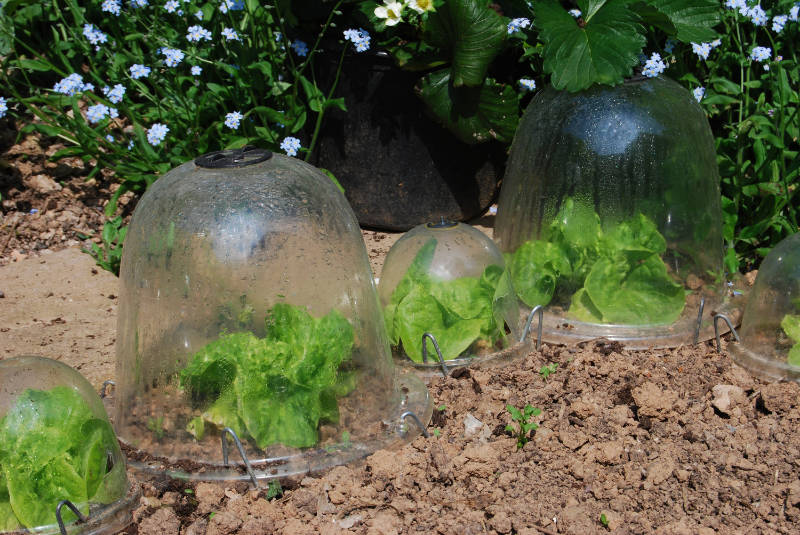
“Growing under glass is an amazing way of being more productive, even if you just have a small cold frame. Re-use materials to further this. If you replace windows, you are instantly giving yourself a glass panel to build around.
“If you have a big sheet of plastic which has been used in the delivery of furniture or another product, you can use it over a wooden frame to create a cloche or a cold frame that will last a year or two.”
Read the Wise Living guide to how to grow great potatoes – step-by-step potato growing guide.
2. Forage in the city
Look out for hedgerow berries along canal banks, public footpaths and in parks, Strawbridge suggests.
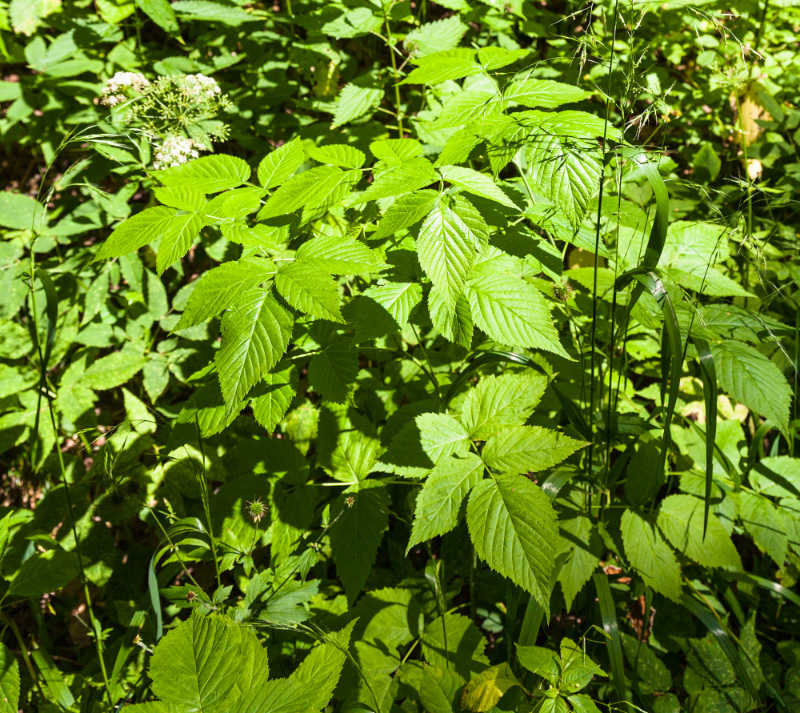
Nettles, which can be cooked (cooking destroys the sting) or made into tea, are common on wasteland, or track down burdock, a tall thistle-like plant with round, purple flowers. The root can be peeled, cut and added to stews, or friend in oil to serve like chips. Edible flowers such as nasturtiums are also great in salads.
3. Eat your peel while urban gardening
“Question what you are going to put in the compost bin before you do it,” he advises. “Consider if your peelings are good enough to cook and eat. Take the peelings of root vegetables, such as parsnips, drizzle them with oil, roast them in the oven, season with sea salt and suddenly you have a waste snack. Broccoli stalks are fantastic if you chop them up and pickle them.
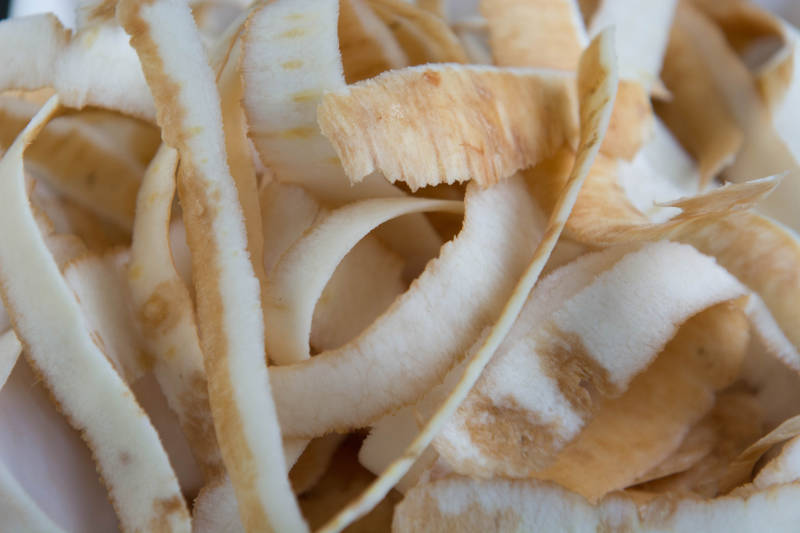
“In urban gardens, most of your waste is going to be from food. Start looking at that more ambitious zero waste approach. If you start being more creative with skins, peelings, stems and roots before they are relegated to the compost bin, you can bring a fresh angle to cookery.”
4. Keep chickens
Urban gardening can involve livestock, and you can keep chickens, Strawbridge insists, for a constant supply of fresh eggs.
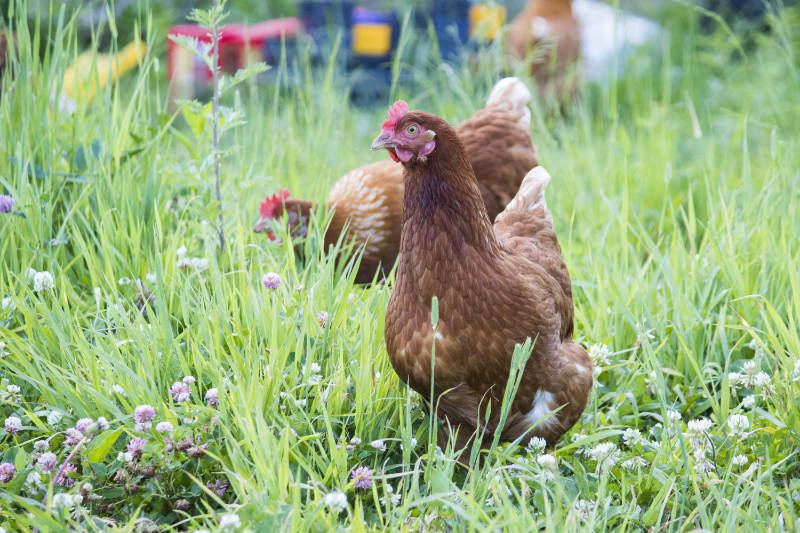
“Give them as much space as you can dedicate, so they can have a nice little dust bath, a bit of cover from rain. If you compare with caged bird environments, you can give them a much better home than that. You can buy off-the-shelf coops.
“They are the perfect animals for young couples who want to learn more about living off the land in an urban environment. You give them good feed and water, clean them out regularly, and then you have chickens who have character and are quite sweet animals.
“I would highly recommend fox-proofing your garden, which you can do with a run or simply locking the chickens in a coop at night.”
5. Create a wormery
Composting prevents waste going to landfill and produces a great soil improver for raised beds and containers, vital for urban gardening. In a small garden, the most compact option is a wormery, which will produce great compost.
“Wormeries are like turbo-charged composting,” says Strawbridge. Buy them in stackable units that come with a tub of worms. As you fill each unit with waste, you simply add another on top.
The worms also produce a liquid nutrient that filters down through the wormery, known as worm tea, which is high in nitrogen and phosphates, a rocket fuel for growing plants, he enthuses. If you can fit a larger compost bin into your garden, contact your local authority, which may supply you with one free of charge.
6. Urban gardening means growing vertically
Think about your footprint in terms of, not just the space you have on the patio or in your back garden, but any walls suitable for wall-mounted growing, window boxes and interplanting on a small patch of land, Strawbridge advises.
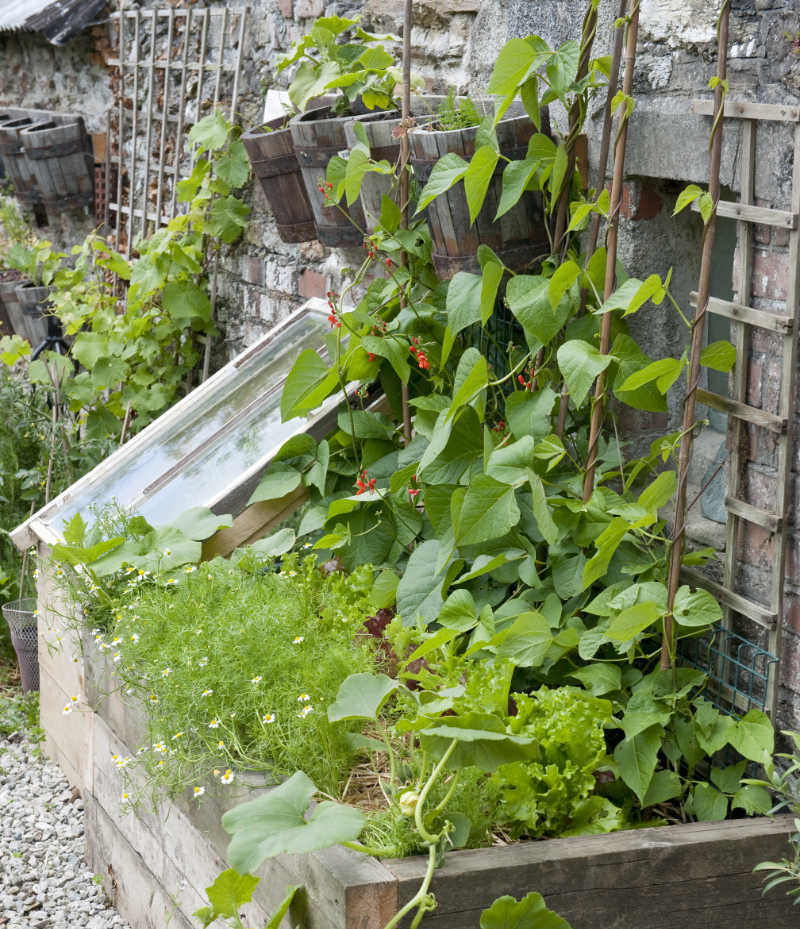
“For example, you could have squashes and pumpkins at the base, sweetcorn growing up in the middle and beans climbing the sweetcorn as a trellis. You are creating a cityscape of different crops in one small area.”
7. Use solar energy to pump water
You can buy solar powered water pump kits to provide the energy needed to pump water from a water butt, and even heat your greenhouse with small solar PV panels. Solar dryers can also use the sun’s energy to preserve foods, such as tomatoes and apple slices, by drying out all the moisture.
Practical Self-Sufficiency by Dick and James Strawbridge is published by DK. Available now from Amazon.
Best-selling sustainable gardening books
Stuck for inspiration? Check out our list of best-selling Amazon products!
- Stewart, Doug (Author)
- English (Publication Language)
- 160 Pages - 09/25/2023 (Publication Date) - The Crowood Press Ltd (Publisher)
- Hardcover Book
- Massey, Tom (Author)
- English (Publication Language)
- Hardcover Book
- Boswall, Marian (Author)
- English (Publication Language)
- Hardcover Book
- Richards, Huw (Author)
- English (Publication Language)
- Kirsty Wilson (Author)
- English (Publication Language)
- 160 Pages - 04/20/2023 (Publication Date) - Birlinn Ltd (Publisher)
Last update on 2024-03-28 / Affiliate links / Images from Amazon Product Advertising API
You may be interested in…
This article may include affiliate links to products and services where we may receive a small fee to support the running of this site if you make a purchase or is a sponsored article from one of our select editorial partners providing valuable advice and information to our readers.























































